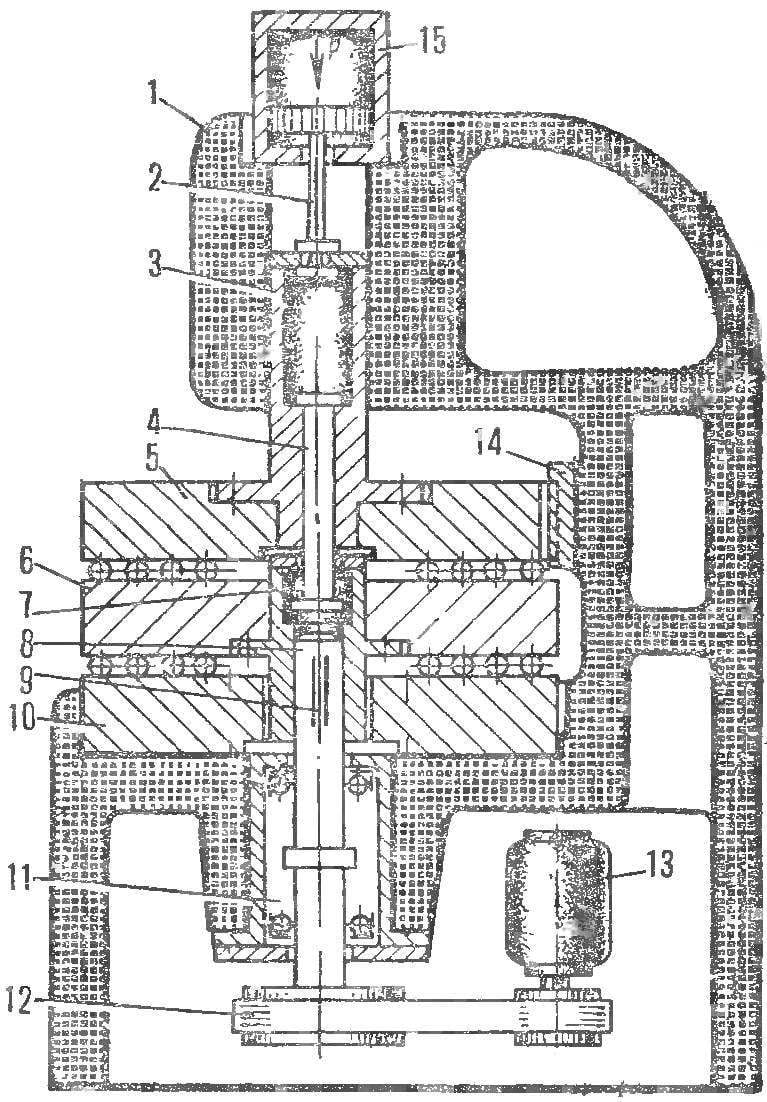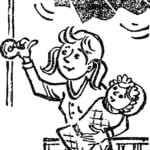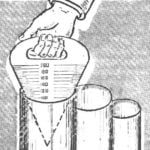 Old hunters, when there was a fraction that came out of the difficulty is quite simple: crumbled in the pan scraps of lead, covered them with heavy disk and rotated it: rolling between two surfaces of the lead pieces took on a spherical shape. The same principle is incorporated in the machine used in the ball bearing industry for the finishing of the balls. They also run between the two discs, getting the perfect spherical surface.
Old hunters, when there was a fraction that came out of the difficulty is quite simple: crumbled in the pan scraps of lead, covered them with heavy disk and rotated it: rolling between two surfaces of the lead pieces took on a spherical shape. The same principle is incorporated in the machine used in the ball bearing industry for the finishing of the balls. They also run between the two discs, getting the perfect spherical surface.
But why, as in the antiquated dropcode, it is between the two discs! But if the number of disks to increase — will increase because the productivity of labor? It is along this road and went young innovators Vitebsk machine-tool plant named after S. M. Kirov, developed a machine with three disks, i.e., having thus, instead of one two treatment zone balls.
Device it given ka scheme. In the middle part of the frame fixed to the lower disk with applied on its surface grooved concentric grooves. Through it pass the spindle mounted on bearings in the glass base of the frame and driven in rotation by a belt drive from the electric motor.

Ball machine:
1 — frame, 2, 4 — stem, 3 — pinol, 5 — upper disc, 6 — medium drive, 7 — in .faceplate, 8 — spindle, 9 — keyway, 10, the lower disk 11 — Cup bearings, 12 — belt drive, 13 — motor, 14 — key 15 — gidropony mechanism.
With the spindle via a sliding key connects the faceplate, which is mounted on the medium, rotating disk, also having grooved guides for the balls. And the top is the third disc is held from rotation by a sliding key connects it with the frame. It is attached to the tailstock through which two of stem: bottom connection with faceplates Oh middle disk, and top with a hydraulic cylinder lift mechanism.
To load or change of the treated beads is included the mechanism of manure. His rod, moving up, pulls the quill from top DRIVE and it is the second stock that, by choosing the axial clearance between the lower flange and the faceplate, raises the average disk key which slips into the spindle up. After downloading a new batch of balls both of the upper disc successively down to the outcome of her position — and the cycle repeats.



